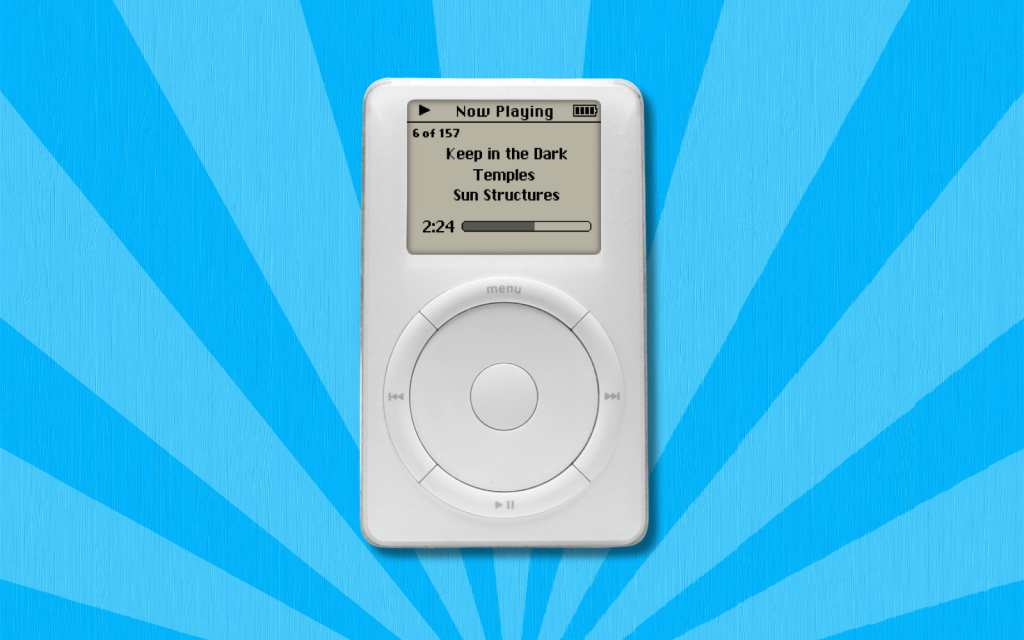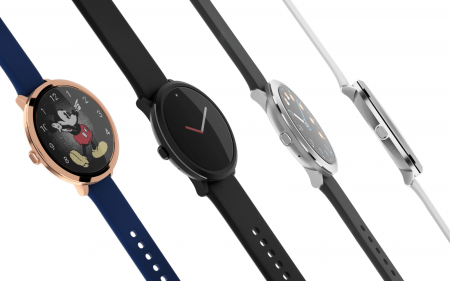One thousand songs in your pocket. How quaint! What’s Spotify got, 100 million?
Well, yes, but cast your mind back two decades and most people had huge CD collections that very much didn’t fit in their pockets. Even cars were sold with the ‘benefit’ of filling boots with chunky CD changers. Then MP3 arrived… but most players on the market were junk. Apple‘s wasn’t. While rivals battled over specs – never mind the dreadful industrial design and abysmal interfaces – Apple played to its strengths: brilliant marketing, a great user experience, and lickable design.
Hang on. Sure, it was shiny and white, but the iPod wasn’t that great a design.
We beg to differ. Having ruined our thumbs by prodding tiny metal buttons to crawl through tracks one at a time on other players, the iPod’s scroll wheel – which accelerated the longer you span it – was a revelation. And so was the FireWire connection, which bucked the industry trend of hundreds of tracks syncing over USB 1.1 in roughly the same time it takes George R. R. Martin to write The Winds of Winter. Add the famous white earphones, subsequently the stars of many iPod advertising campaigns, and you’ve got a stone-cold design classic.
Hang on: FireWire? Wasn’t that a weird Mac thing that no one talks about any more?
Sort of. It was designed for rapid data transfer and was popular with video makers. But there are more important iPod things no one talks about now: the first one wasn’t compatible with Windows; initial customer reactions were mixed; and the iTunes Store didn’t arrive until 2003. Still, despite all that, the iPod’s strengths led to it dominating the market – a Walkman for the early 21st century, where you didn’t need to cart 50 tapes around in order to have fast access to 1,000 songs, wherever you happened to be.




